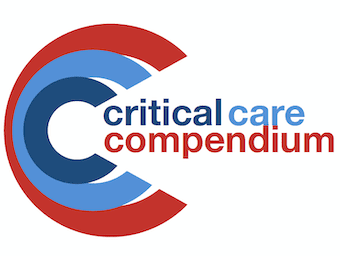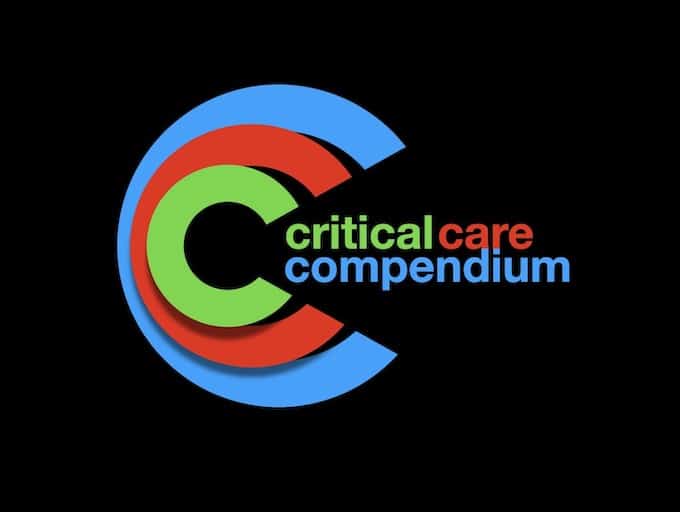
Resuscitative Thoracotomy
Resuscitative thoracotomy is a thoracotomy performed prehospital, in the emergency department or elsewhere that is an integral part of the initial resuscitation of a patient; an alternate term is emergency thoracotomy
The LITFL Critical Care Compendium is a comprehensive collection of pages concisely covering the core topics and controversies of critical care.

Resuscitative thoracotomy is a thoracotomy performed prehospital, in the emergency department or elsewhere that is an integral part of the initial resuscitation of a patient; an alternate term is emergency thoracotomy

Crush Syndrome: prolonged ischaemic and muscular damage -> rhabdomyolysis and reperfusion injury on release; limb often initially numb with a peripheral pulse -> rapid swelling with compartment syndrome

Asterixis is the sudden loss of muscle tone during sustained contraction of an outstretched limb. It is associated with a silent period on EMG, distinguishing it from myoclonus, and is sometimes referred to as ‘negative myoclonus’.

Wasting: small muscles of the hand. Underlying causes are best considered according to the level of neurological involvement.

Intracranial calcification may be divided into neoplastic, vascular, infectious or miscellaneous causes; basal ganglia calcification suggests specific underlying causes.

Suspect herniation due to an intracranial mass lesion as a cause of fixed dilated pupil in an unconscious patient. A fixed dilated pupil in an awake patient is NOT due to herniation.

Volume vs time graph: shape determined by flow pattern used in ventilation mode:-> ascending ramp: square wave; -> sinusoidal ramp: sine wave; -> exponential rise: decelerating flow pattern

Flow Volume Loops. provide a graphical analysis of inspiratory and expiratory flow from various inspired lung volumes. Breathing across a pneumotachograph subjects inhale to TLC -> FEC manoeuvre -> rapidly inhale back to TLC.

Volutrauma = complication from mechanical ventilation that may manifest as: extra-alveolar air and/or acute ventilator induced lung injury.

High Frequency Ventilation ventilation with small tidal volumes at high frequencies

Equipment and Procedure Viva

Advances in intensive care have led to a growing cohort of patients of patients, who would have otherwise succumbed to acute illness, survive in a state dependent on prolonged intensive care therapies including mechanical ventilation